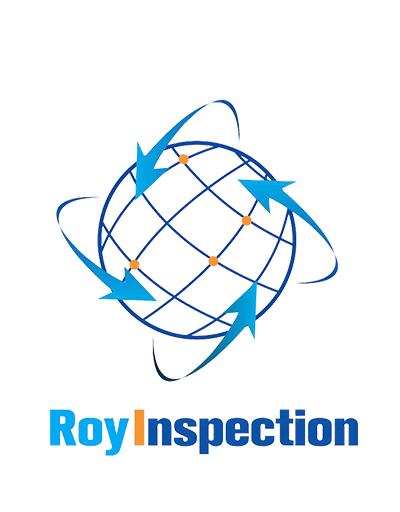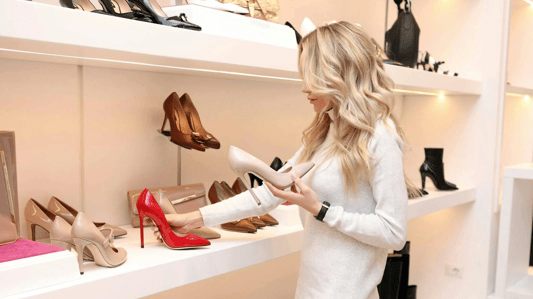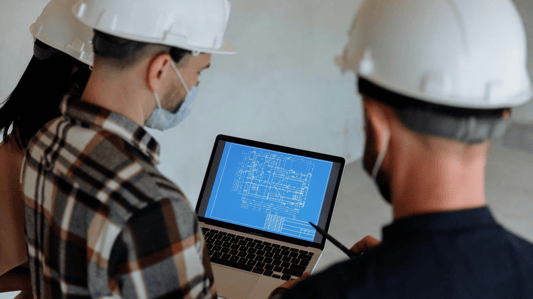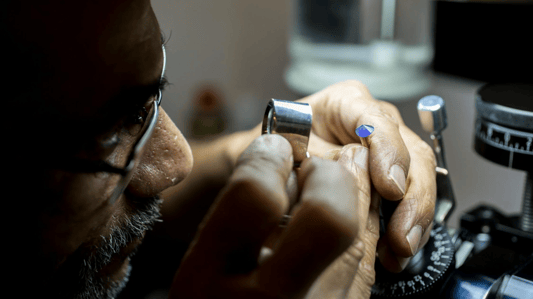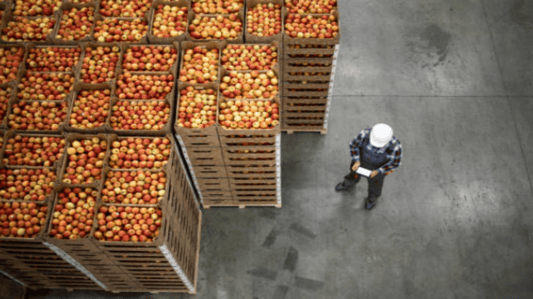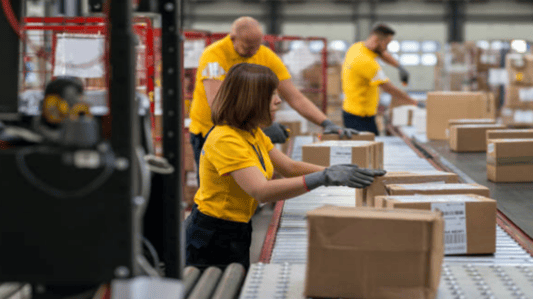Introduction: The Rise of golden goose footwearGolden Goose footwear has taken the fashion world by storm with its unique blend of style and comfort. Originally founded in 2000 by designers Francesca Rinaldo and Alessandro Gallo, the brand has gained a cult following due to its high-quality craftsmanship and on-trend designs. In this article, we will explore the different facets of Golden Goose footwear and why it has become a must-have for shoe enthusiasts.The Design Philosophy: Rustic Meets CoolGolden Goose footwear is known for its rustic-meets-cool design philosophy. The designers take inspiration from their hometown, Venice, and incorporate elements of vintage, street style, and artisanal flair. Each shoe is handcrafted and undergoes a unique distressing process to give it a worn-in look that is both fashionable and comfortable.The Materials: Quality and DurabilityGolden Goose footwear is made with high-quality materials that are durable and comfortable. The shoes are crafted from premium leathers and suede, which are hand-treated to create unique textures and distressed finishes. The brand also uses high-quality rubber for its soles, ensuring longevity and easy wearability.The Comfort Factor: Perfect for All-Day WearGolden Goose footwear is designed with comfort in mind. The shoes have a cushioned footbed and a supportive sole, making them perfect for all-day wear. Whether you're running errands, attending meetings, or going out with friends, Golden Goose footwear will keep you comfortable and stylish.The Style: Trendy and VersatileGolden Goose footwear is known for its trendy and versatile style. The brand offers a wide range of designs, from classic sneakers to edgy boots. Each shoe has a unique design, with elements of vintage, street style, and artisanal flair. The shoes are versatile enough to be worn with a variety of outfits, from jeans and a t-shirt to a cocktail dress.The Fit: Perfectly TailoredGolden Goose footwear is known for its perfectly tailored fit. Each shoe is designed to mold to your foot, offering a comfortable and supportive fit. The brand offers a wide range of sizes and widths, ensuring that you can find the perfect fit for your feet.The Price: Cutting-Edge Style for a Steep PriceGolden Goose footwear is not cheap, with prices ranging from $250 to $1,000. However, the brand's cutting-edge style and high-quality craftsmanship make the shoes a worthwhile investment for fashion-conscious shoe enthusiasts. If you're looking for a statement shoe that is both fashionable and comfortable, Golden Goose footwear is worth the investment.Celebrity Fans: A-Listers Love Golden GooseGolden Goose footwear has become a favorite among A-list celebrities, including Jennifer Aniston, Selena Gomez, and Kristen Stewart. The shoes are often spotted on the red carpet and have been featured in magazines such as Vogue and InStyle. If you're a fashion-forward individual, Golden Goose footwear will help you stand out from the crowd.Conclusion: Golden Goose Footwear is Here to StayGolden Goose footwear has become a must-have for shoe enthusiasts and fashion-forward individuals. With its unique blend of style and comfort, the brand offers shoes that are both fashionable and functional. Although the shoes come with a steep price tag, they are worth the investment for those who appreciate high-quality craftsmanship and cutting-edge style. Whether you're running errands or attending a black-tie event, Golden Goose footwear will help you look and feel your best.Quote InquiryContact us!
